First Grade Text Features Worksheets Results
Texas Essential Knowledge and Skills for Grade 1
thinking--self-sustained reading. The student reads grade-appropriate texts independently. The student is expected to self -select text and interact independently with text for increasing periods of time. (6) Comprehension skills: listening, speaking, reading, writing, and thinking using multiple texts.
https://url.theworksheets.com/7xs212 Downloads
Preview and Download !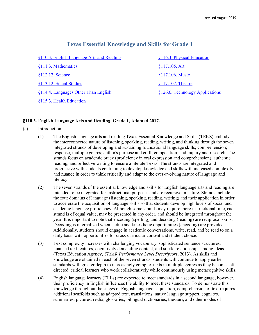
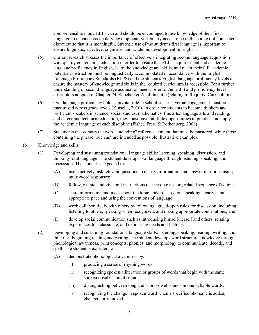
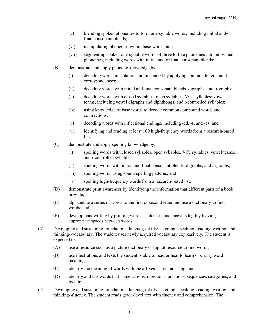
Texas Essential Knowledge and Skills for Grade 1
(5) Reading/Fluency. Students read grade-level text with fluency and comprehension. Students are expected to read aloud grade -level appropriate text with fluency (rate, accuracy, expression, appropriate phrasing) and comprehension. (6) Reading/Vocabulary Development. Students understand new vocabulary and use it when reading and writing.
https://url.theworksheets.com/7xh522 Downloads
Preview and Download !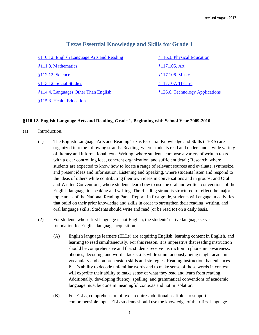
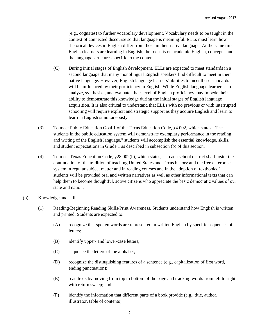
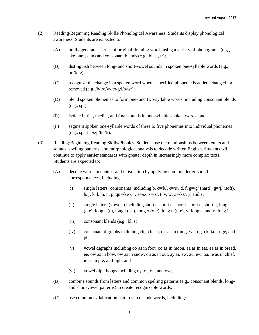
Text Features - ed
rs. Cruz knows that teaching text features is a two-step process. The first step is to explain what text features are. The second step is to show students how to use text features as a strategy. To do this, Mrs. Cruz must be explicit with her teaching. Explicit teaching involves: • Building students’ knowledge about the concept, in this case,
https://url.theworksheets.com/660y155 Downloads
Preview and Download !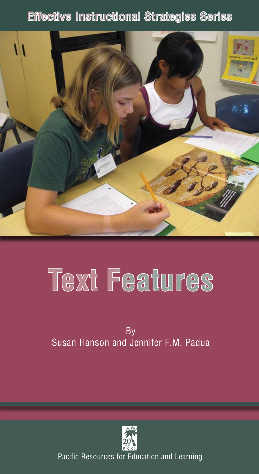
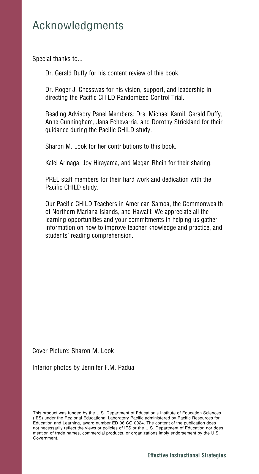
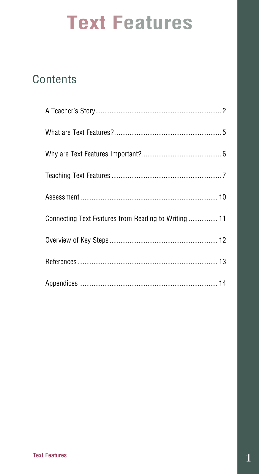
Text Structure - Hood River County School District
The above lays out the ultimate goals around text features & organization. Our 3 rd grade students should: • Learn how to distinguish Fiction & Non-fiction based on Text Features • Identify text features specific to both Fiction & Non-fiction • Understand that text features provide information that will support the building of meaning •
https://url.theworksheets.com/1env151 Downloads
Preview and Download !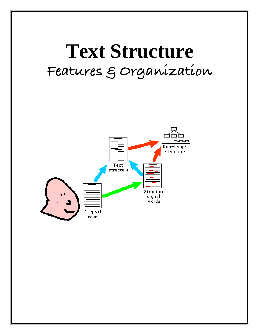
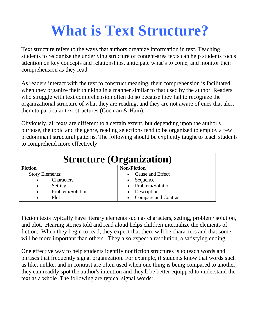
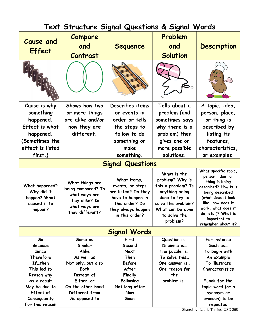
First Grade Reading Literature Question Stems - Scholastic
text? • What does _____ mean? Can you use the glossary to find out? • What text features (charts, diagrams, illustrations, bold words) help you understand the words? RI.1.6 Distinguish between information provided by pictures or other illustrations and information provided by the words in a text. • Why did the author write this?
https://url.theworksheets.com/1sxk750 Downloads
Preview and Download !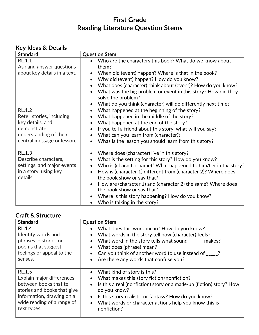
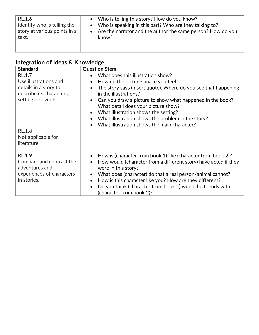
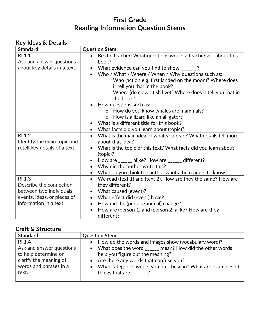
National Behaviour Support Service Using Text Features
Using Text Features Text Features Purpose of using text features: Different types of nonfiction text contain common features that students can recognise and use to help them understand the information being presented, identify main idea as well as key words and concepts. Drawing attention to, as well as discussing the text’s typical features with
https://url.theworksheets.com/2es3144 Downloads
Preview and Download !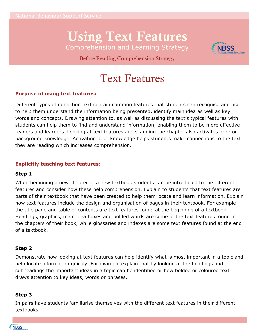
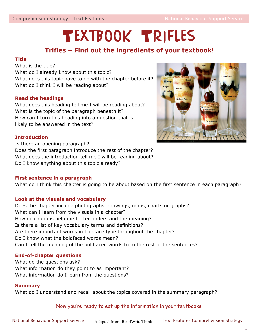
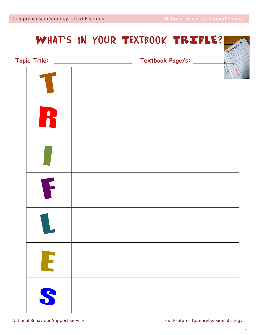
Worksheet 3: Identify and use text features - Edexcel
The organisational features of a text, such as subheadings, help us to find information more easily. Paragraphs also help to break down the information into manageable chunks. Format and structure 1. Read the text below. It has a heading (or title) and some subheadings. a. Underline all the subheadings in the text. The first one has been done ...
https://url.theworksheets.com/539e53 Downloads
Preview and Download !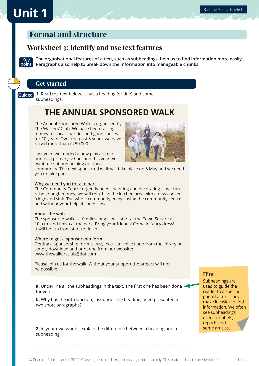
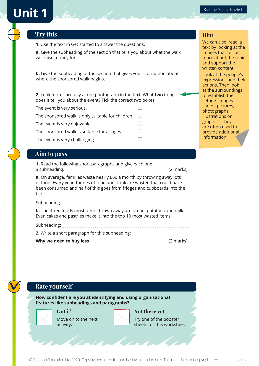

TEXT FEATURES What are Text Features? - newpathworksheets.com
the book are called the text features . Examples: An effective reader uses the text features to preview the textbook before beginnin g to read: The title page contains the title of the book, the author, the publisher, and the place where the book was published. The copyright page contains the date when the book was first published, and
https://url.theworksheets.com/539q59 Downloads
Preview and Download !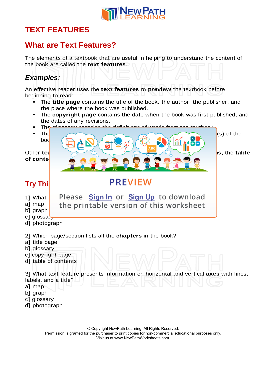


FirstGradeDiagramOnTextFeatures Pdf (2022) - norrisbeggssimpsoncompaniesllc
first grade text features nonfiction notebook by mrs wheeler 4 8 722 6 50 zip help your students explore the features of nonfiction with this 41 ... use text features third grade worksheets free printable use text features third grade worksheets february 20 2022 by ppt get free questions on
https://url.theworksheets.com/6gkt56 Downloads
Preview and Download !


First Grade Basic Skills - A Habitat for Learning
Circle the word that is the opposite of the first word. 6 up kite down dog go send stick stop cold hot tail put run wet walk top sink was swim moon tall short blue cut little big happy name girl boy cat dad new low old hot love out all hate 1st Grade Basic Skills: Reading Comprehension and Reading Skills Teachers Friend, a Scholastic Company
https://url.theworksheets.com/193q493 Downloads
Preview and Download !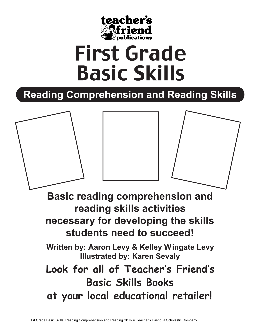
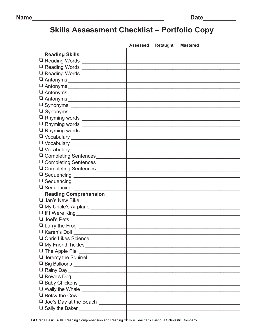
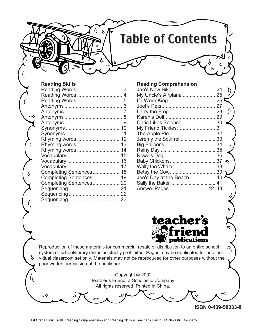
Next results >>